Wrapping Up Our Look at Best Seller First Pages
Sadly, I’m bringing this look at first pages to an end—at least for now. It’s been an intriguing journey looking into these twenty-six first pages of best sellers. Along with many readers of this blog, I was also surprised to see quite a few of the traditional “rules” of good scene structure broken—especially by highly successful authors.
Here are some of the observations I made, shared by numerous commenters. And I’ll reiterate a few salient points that I feel bear repeating about strong openings.
What’s a Super Author Required to Do?
First off—just because a super-author like Stephen King or John Grisham can get away with writing a boring first page featuring a blah character, that doesn’t mean other authors should copy them.
Whether such authors don’t bother or care to work harder to craft a great opening, or they’re way too busy signing books for adoring fans around the world, or they’re under too much deadline pressure, there’s no way to really know.
But my feeling is this: regardless if you are a debut author or the biggest name in fiction, you should put out your best work and do your best to entertain and engage your reader.
Now, bear in mind that once an author turns in his book to his publisher, what follows editorially may be out of his hands. I would think a famous author holds sway in that department, though. Meaning, the publisher isn’t likely to make drastic rewrites without the author’s permission (or demand such rewrites). I do know, however, from personal experience and the accounts of my author friends (who have some pretty scary stories) that publishers do muddy the material with their desired changes, and often the result is a terrible novel—one that barely resembles the story the author turned in to her publisher.
So, let’s allow for this possibility—that some authors’ opening pages have been changed and are now boring or overly wordy or confusing. We saw a bit of that in many of the opening pages.
Great Expectations
As a reader, I have high expectations. My time is valuable, and there are millions of books I could choose to spend hours of my life reading. I set the bar high. If I’m going to immerse myself in an author’s world, I expect good return on my investment. And if the first pages don’t draw me in immediately, it’s hard for me to take the risk of reading on (and on and on) until I start getting that “return.”
I want to be entertained. That’s what readers want. They want to care about characters. Be moved, be edified. We read for lots of reasons. But we don’t read to get bored.
Unless we can’t fall asleep at night. Then it’s great to lie in bed reading the most boring book you can find so you can konk out. My husband does that. He claims those heavy, dry history books are intriguing, but I rarely see him get through more than two or three pages before he’s holding the book, glasses perched on his nose, snoring away.
So let me go over a few other things we looked at in those first pages while using my first-page checklist as a measuring stick.
Where’s the Dialogue?
We saw very little dialogue and a whole lot of narrative. While I wouldn’t have been at all surprised with novels in the literary fiction genre, I was surprised to see so many first pages of other genres so chock-full of narrative.
Narrative is not evil. We need narrative passages in our stories. But excessive narrative can get boring. It can be all telling and not showing. It can keep readers at an emotional distance because they’re getting more of a summary of story instead of feeling they have been transported into the characters’ world.
As I said in an early post: first pages need to be tight, with concise description, and jump right into dynamic action and hint of conflict. Every word counts, so excess verbiage and unimportant movement and speech must be eliminated.
Readers want to see the scene played out, not be told about it with lengthy narrative and explanation. They don’t want ordinary and predictable. They want their curiosity aroused and their hearts tugged as quickly as possible. They want to latch on to a character who intrigues them and who’s facing challenging circumstances.
Yet . . . we saw a lot of first pages that didn’t do any of this.
So while it’s not illegal to have all narrative on a first page, it’s going to make it a whole lot more challenging to draw in and capture a reader’s interest and heart.
Hold Back the Backstory
We also saw some first pages loaded with backstory, which novelists are advised to ignore—and for good reason. Backstory stops the present action, jerks the reader to some other time (and possibly place), and that’s jarring and often confusing. It’s like my saying, “Hey, let me tell about this cool thing I’m doing . . . but wait, I need to tell you about the movie I went to last week.” Huh? If you’re going to start talking about something, talk about it. Don’t stop in the middle—or worse, after a sentence or two—and go off on another tangent.
While it’s not required at all to have dialogue on page one, I was surprised how few first pages had it. Part of the reason was we had that excessive narrative going on. With other novels, it’s fine to leave out dialogue. We saw Mark Watney in The Martian recording a log entry, so, in effect, he was talking to the reader. And that’s very effective when done well.
We also saw how challenging it can be for opening pages of a novel that’s part of a series (and not the first book). A fine balance is needed between catching new and return readers up with key events from prior books (if necessary) and showing new present action.
Let’s Just Make It Simple
To reiterate the basics about first pages:
- Readers want to follow the story, so clarity and cohesion are important.
- Readers want to root for the protagonist, so portraying an engaging and empathetic character right away is crucial (though your first scene may not include your protagonist).
- Readers want to be immersed and transported into the world of the story, so writers need to carefully build and convey scenes in a way that facilitates this experience.
Seriously, is that such a tall order? I don’t think it is. While you shouldn’t belabor your first scene until you’ve finished your first draft, at some point you should spend appropriate time to make that first page as exciting, mysterious, riveting, and engaging as possible.
Get a strong character on that first page. Have him doing and/or thinking about things that create curiosity. Be original, creative. But don’t be pretentious or try to impress with purple prose.
Learn the fine art of simple storytelling. Ever been to a storyteller event? Back in the day, stories were told around a fire—stories of the hunt or the battle. To keep listeners from nodding off and tumbling into the campfire, the storyteller needed to relate the account in an exciting way, drawing all in to relive the experience with him as he spoke with enthusiasm and animation.
Which makes me remember the scene in one of the Star Wars movies showing C-3PO recounting the tale of the rebels’ attacks to the Ewoks.
Make it your aim to be a stellar storyteller (doesn’t mean you have to tell stories about the stars or Star Wars though). Work hard to entertain your readers. Make that first page zing, and follow up with great writing on every page.
I hope this series has been both fun and insightful. Share in the comments what you learned and which first page you thought was the best (and why)!
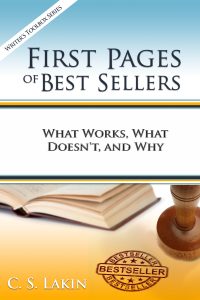 Want to read all the analyses of best-seller first pages on Live Write Thrive?
Want to read all the analyses of best-seller first pages on Live Write Thrive?
Get the compiled collection of posts, along with additional insights and instruction that will help your first pages rock!
First Pages of Best Sellers: What Works, What Doesn’t, and Why is available in Kindle ebook and paperback! Get yours HERE!


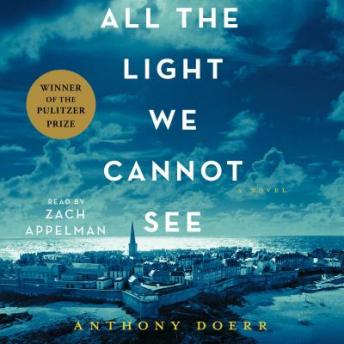
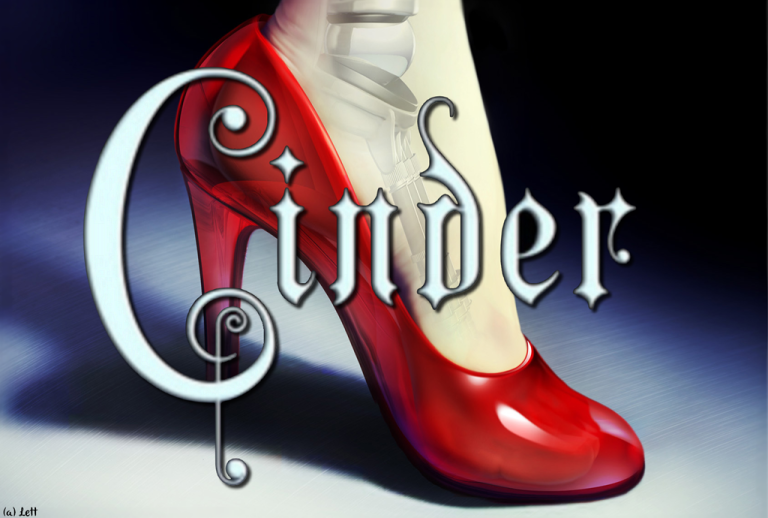
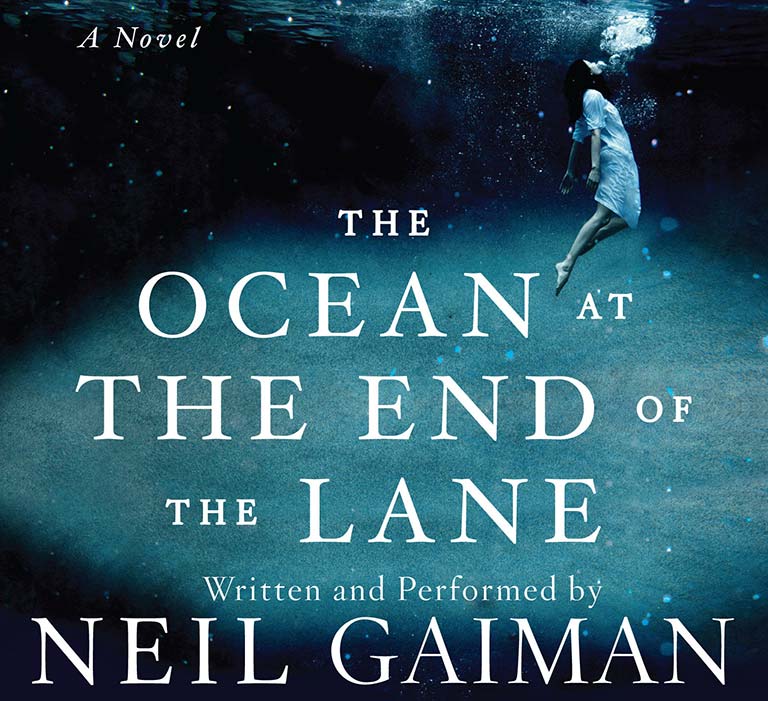

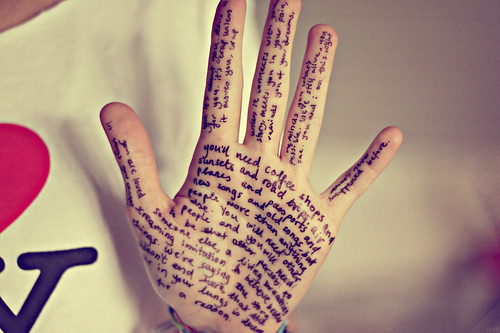





Speaking for the herd, absolutely brilliant series.
Speaking for myself, my vote goes to Barbara Kingsolver’s FLIGHT BEHAVIOR (2012). Three words. Damn. Near. Perfect. Such a poetic, yet edgy description of small town shame and a woman who ‘marched uphill to meet her demise”. A right royal masterclass in first page scene, mood and character tile-laying starting at the edges first.
This has been a great series, thank you!
These articles have been interesting, amusing and informative. Thank you very much!
I’m getting to this series late — but I just had to tell you how instructive it is — not to mention entertaining. Thank you!
Hi Maria, we’ve been going over this method for months now on Mondays, and I’ve shared many, many examples from various genres, including fantasy, romance, and suspense/thriller. I’ll be continuing this look at the 10-20-30 Scene Builder concept for a while until I’ve about exhausted the topic or until I need a break! Hope you check out past posts to see what we’ve looked at.
You’re welcome. I’ts pretty meaty, but writing novels is a complex undertaking and those who want a solid structure will benefit from this process (I believe).
Would love to see this series rise again someday like the proverbial Pheonix from the ashes.
Thank you, Glen. I’ll keep it in mind. Maybe I’ll do at least one a month. Got any requests?
A couple come to mind –
Nadia Dalbuono’s debut novel THE FEW (2014)
THE SAMARITAN by Mason Cross (2015)
THE GIRL IN THE ROAD by Monica Bryne (2014)
THE LIFE OF I by Anne Manne (2014)
LAURINDA by Alice Pung (2015)
EVERYTHING TO LOSE by Andrew Gross (2014)
THE SILKWORM by Robert Galbraith (2014)
Terry Hayes'(sreenwriter for the first two Mad Max films) debut novel
I AM PILGRIM (2014)
DARK TIDES by Chris Ewan (2014)
AQUARIUM by David Vann (2015)
Thankyou for entertaining the idea of a possibly rejigged ‘Season Two.’